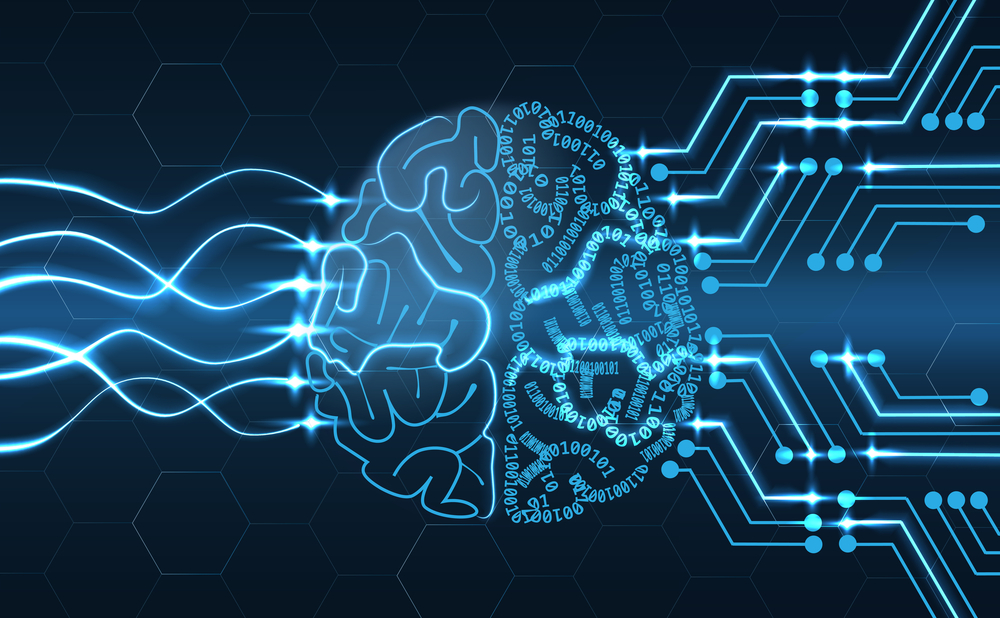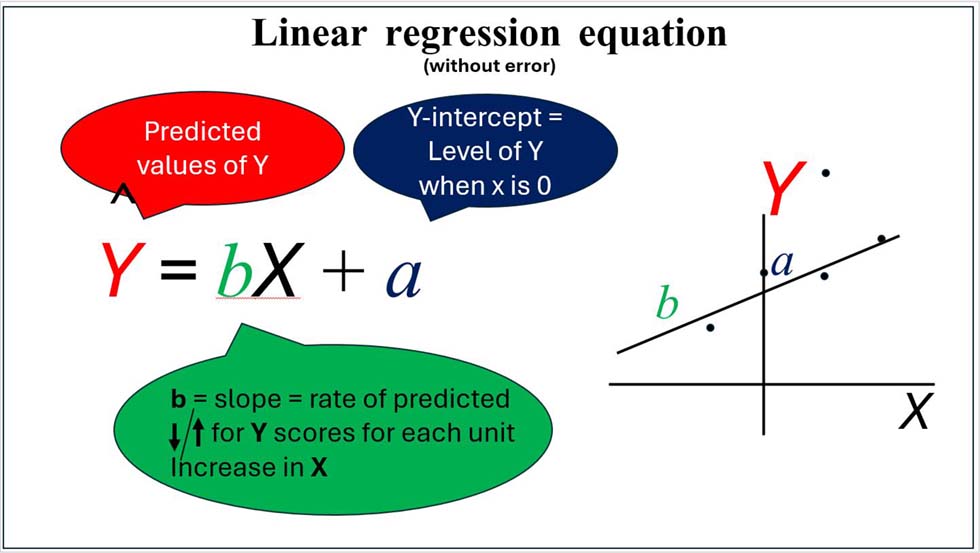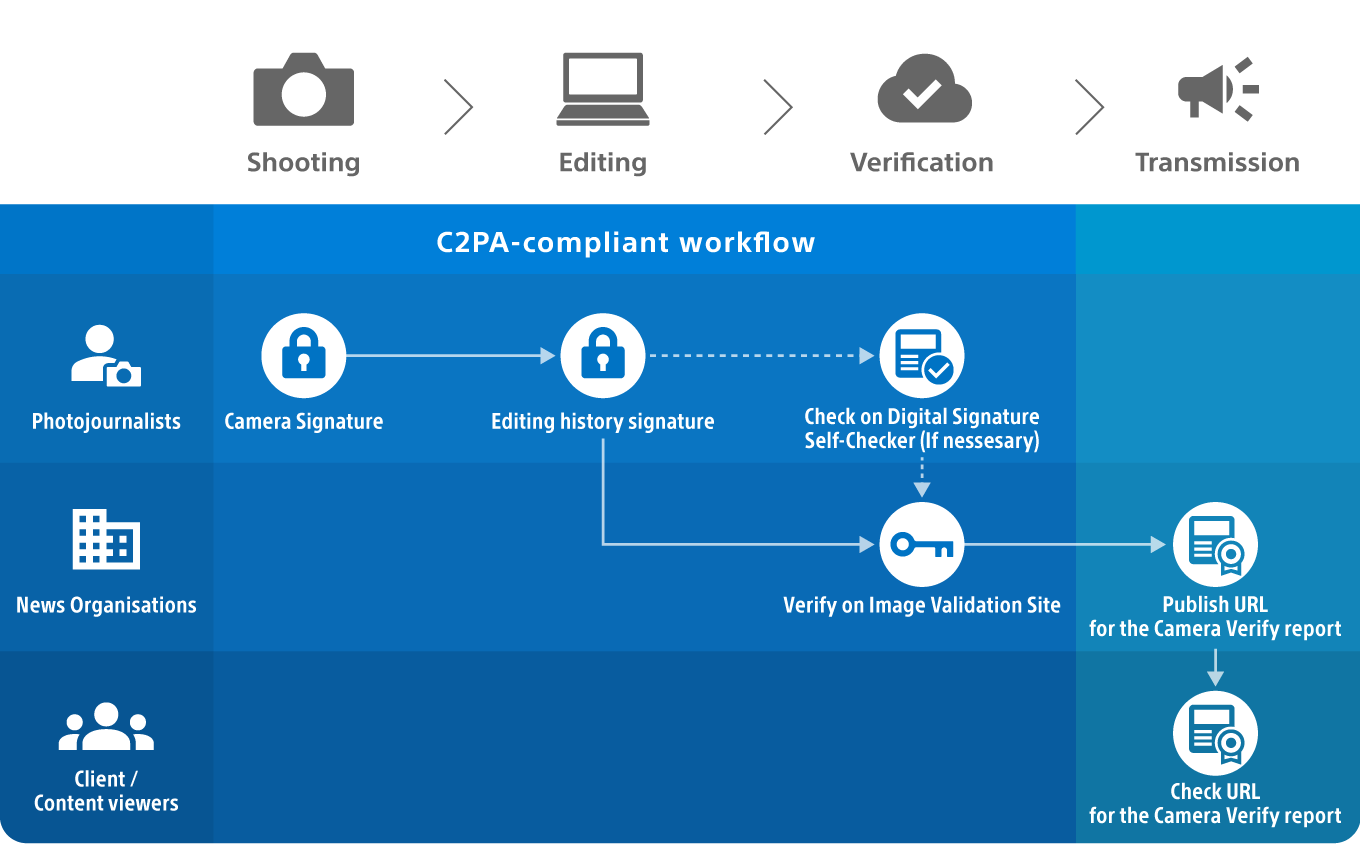Real-Time Analysis in Artificial Intelligence
An ability to make informed decisions is key in systems that handle dynamic situations

One of the lesser-realized but very important elements of artificial intelligence is real-time adaptation and decision-making. Where is this important, one might ask? The ability to process information as it arrives and then to make informed decisions without significant delay is an area where AI can be quite valuable.
Familiar applications of real-time adaptation include command-and-control environments, security situations, traffic control or monitoring environments and in autonomous driving (autopilots). Every one of these situations requires intelligent systems to be able to make adjustments in response to dynamic situations and—in most cases—in real time.
Adapt in Real Time
Any one of us can probably imagine the number of decisions that must be made in a self-driving vehicle solution. The ability for any system to “adapt in real time” is becoming essential in this fast-moving world—and AI is a primary element in those advancements.
Today, companies must be able to act quickly on data-driven insights to be more agile, proactive and to seize emerging opportunities or respond to sudden market shifts. Amazon is a good example of a business that must be able to move in a certain direction without being burdened by “legacy” components that bind it to restrictive methods that cannot react to sudden changes in marketplace demands.
For time-based analysis, the AI-driven environment might depend on the following: (1) continuous time analysis and (2) discrete time analysis. Each of these specific methodologies in mathematics, networks and analysis have subcomponents that become applicable to many elements in media, business/financial forecasting, signal and process management and system modeling (both complexity and accuracy).
Signal processing involves elements such as signal data visualization techniques, preprocessing and filtering techniques, plus physical-based time-domain and frequency-domain analysis (especially in real time), and the use or application of the data derived from signal processing.
Broadly defined, signal processing is a fundamental discipline in data science that deals with the extraction, analysis and manipulation of signals and time-series data. The depth of this science can get very complex and highly dependent, which is why we may see “data scientist-engineer” as a profession grow rapidly in the workplace.
The professional video industry's #1 source for news, trends and product and tech information. Sign up below.
Reading the Signals
In data science, a signal is defined as a gesture, action, element or sound used to convey information or instructions. From a third-person perspective, signals “transmit” information (such as instructions) by such means—i.e., by gesture, action or element/component, including audio/visual elements such as sound, light or even temperature changes in the environment, etc.
When placed into the context of signal processing, a “signal” can be any form of information that varies over time or space. Such signals may take many familiar forms, ranging from audio waveforms and temperature readings to financial market data and sensor-activity measurements. AI operations function on categorizing such signal data forms and learning the variations or changes from actual environments prompted by stimuli generated by external components including humans, the climate, physical alterations or altercations and such.
Neural Network
According to IBM, a neural network “is a machine-learning program, or model, that makes decisions in a manner like the human brain.” In our cases, these networks are specifically a computer system modeled on the human brain and nervous system, i.e., the “ideal” AI-environment. By using processes that mimic how biological neurons work together to identify phenomena, the model can weigh options and arrive at conclusions.
Conclusions are generally reached by using a series of training exercises which in turn “machine-learn” to improve their accuracy over time. As these successive training exercises are fine-tuned for accuracy (and application), they become powerful tools in data and computer science and, in turn, support artificial intelligence. The results are that tasks, such as image or speech recognition, can take seconds compared to the hours a human might require using manual identification methods.
One of the best-known examples of a neural network is Google’s PageRank (PR) search algorithm, used to rank web pages in its search-engine results tabulations. We note that PR is named after both the term web page and Google’s co-founder Larry (Leonard) Page—associated with the co-founder of Google, Sergey Brin.
ANNs and SNNs
Neural networks are sometimes cataloged as artificial neural networks (ANNs) or simulated neural networks (SNNs). There are several types or forms of neural networks, two of which are discussed here.

Artificial neural networks (ANNs) are a type of machine-learning algorithm that employs artificial neurons—a network of interconnected nodes (see Fig. 1 for a conceptual node diagram). These nodes then attempt to model the human brain’s neural network. Each individual node acts like its own linear regression model—composed of weights, a bias (i.e., a “threshold”) and an output. Linear regression models predict the value of a variable based on the value of another variable (see Fig. 2 for equation).

Linear regression fits a straight-line model (or surface) that is useful to “minimize discrepancies between a predicted value and an actual output value”—the approach in the training models used in artificial intelligence solutions and appears much like the slope equation from Algebra 1 (y=mx+b). For more information on the mathematics of these principles, follow up on the details of linear equations, least squares methods, and predictive coefficients.
Typically, ANNs will be used to solve complex problems—for example, facial recognition or document summary processing. Essentially, the theory behind the ANN is the teaching of computers to process data in methodologies that mimic the human brain.
Disadvantages of ANN may include: (1) they are computationally expensive and consume massive amounts of training cycles to obtain accuracy; and (2) it can be difficult for them to perfect predictions or categorize data. At this point in time, generative AI (one of the more familiar AI activities) can be considered “experimental” at best—with improvements being made as persistence in applications and libraries of training models are created.
A simulated neural network (SNN) is simply another name for an artificial neural network (ANN), considered a subset of machine learning. Summarily, ANNs are made up of connected nodes, or artificial neurons, that are loosely based on the neurons in the brain.
Discrete and Continuous
In our AI category, “continuous time analysis” refers to studying systems where changes occur smoothly over an uninterrupted time interval. Contrary to “continuous” is “discrete time analysis,” which examines systems where changes are only observed at specific, discrete points in time, essentially treating time as a series of intervals rather than a continuous flow.
The nature of the problem to be solved and the degrees (amount, type and frequency) of data being analyzed are determining factors when using either the discrete- or continuous- time analysis approaches.
Discrete time models often are the more preferred choice due to computational ease, however, continuous time models can provide a more accurate representation of certain real-world phenomena when applicable (e.g., in self-driving vehicles or other autonomous activities.)
AI Art and Approaches
AI allows leaders of organizations to make better decisions by using the built-in methodologies employed in many conditioned AI approaches to problems (such as linear regression techniques.)
Furthermore, better insights into the solution may be accomplished by uncovering patterns and relationships that others might have previously seen and thought they already understood. Fundamentally this is how AI is utilized in the generation or modification of art and images—referred to as “AI art.”
AI art is “any kind of image, text, video, audio or other kind of digital artwork produced by generative AI tools.” Such tools leverage millions of written, visual or aural content samples in reference to the prompts or known images employed when creating AI-generated art. AI art is currently integrated into many, if not all, of the major products from companies including Adobe, Microsoft, Google and more.

Karl Paulsen recently retired as a CTO and has regularly contributed to TV Tech on topics related to media, networking, workflow, cloud and systemization for the media and entertainment industry. He is a SMPTE Fellow with more than 50 years of engineering and managerial experience in commercial TV and radio broadcasting. For over 25 years he has written on featured topics in TV Tech magazine—penning the magazine’s “Storage and Media Technologies” and “Cloudspotter’s Journal” columns.
